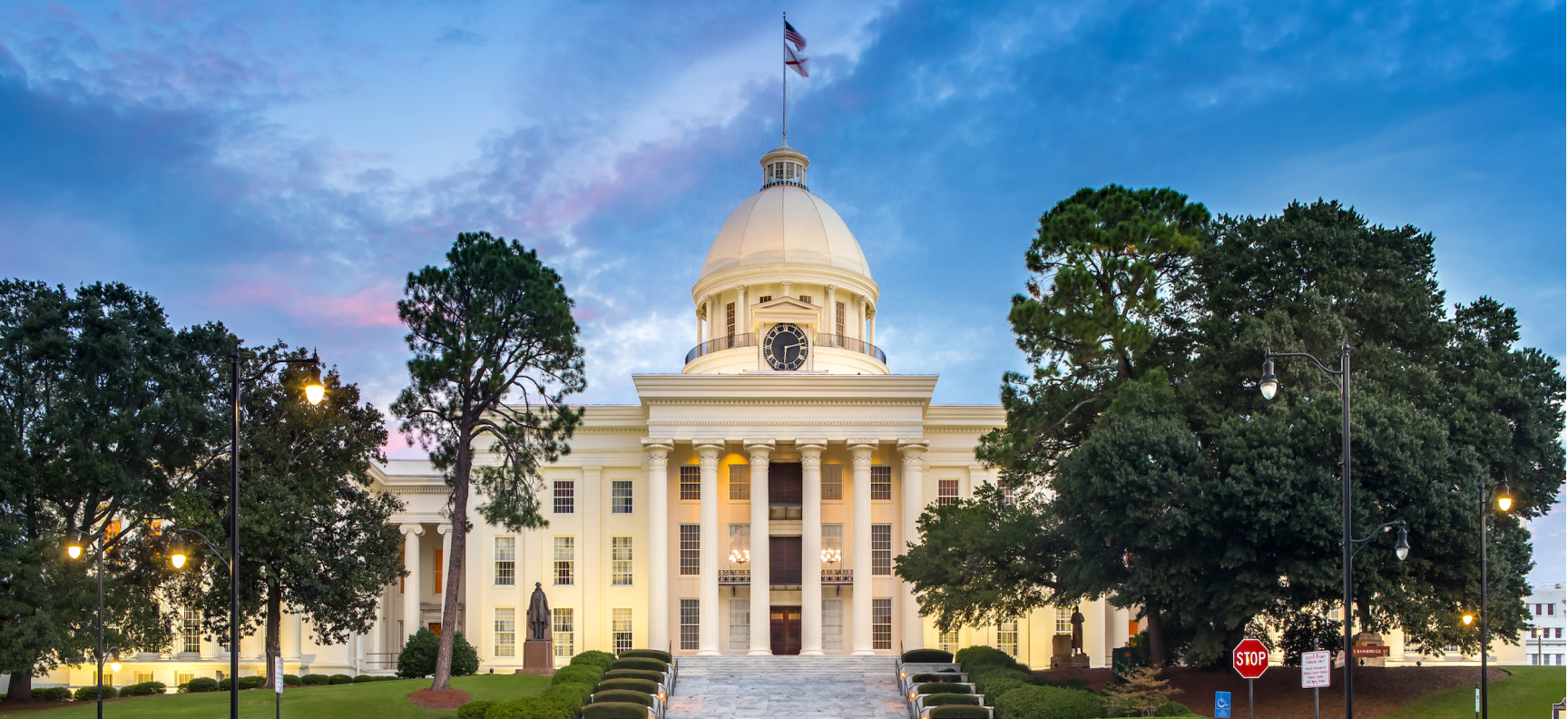The General Fund (GF) is one of two major operating funds in the State of Alabama. Revenues credited to the GF are used for the ordinary expenses of the executive, legislative, and judicial branches of state government, for other functions of government, for debt service on certain general obligation bond issues and for capital outlay.
Taxes from more than 40 sources are deposited into the GF, with the largest sources being profits from Alabama Alcoholic Beverage Control Board, insurance company premium taxes, interest on the Alabama Trust Fund and state deposits, oil and gas lease and production taxes, cigarette taxes and ad valorem taxes.
The GF supports state programs such as child development and protection, criminal justice, conservation efforts, economic development, public health and safety, mental health, Medicaid, legislative activities and the court system.




